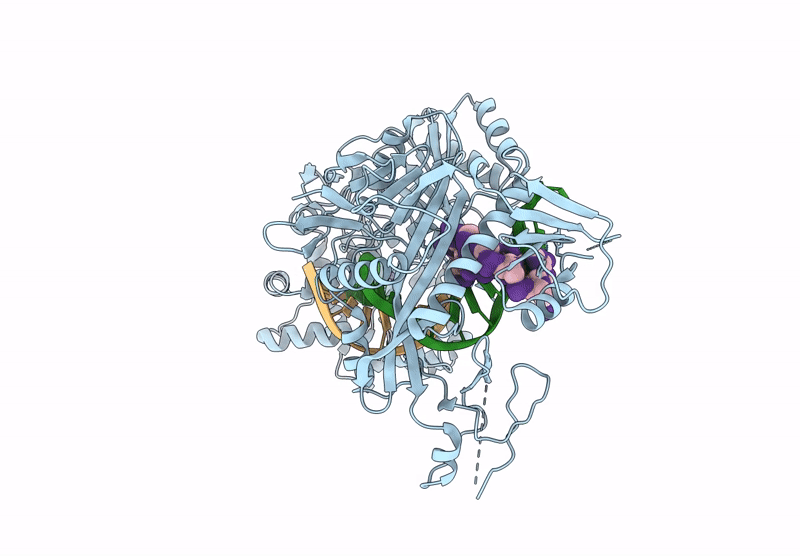
Deposition Date
2023-12-22
Release Date
2025-01-01
Last Version Date
2025-07-16
Entry Detail
PDB ID:
8XK3
Keywords:
Title:
Structure of the Argonaute protein from Kurthia massiliensis in complex with guide DNA and 19-mer target DNA in target-cleaved state
Biological Source:
Source Organism:
Kurthia massiliensis (Taxon ID: 1033739)
Host Organism:
Method Details:
Experimental Method:
Resolution:
2.76 Å
Aggregation State:
PARTICLE
Reconstruction Method:
SINGLE PARTICLE


